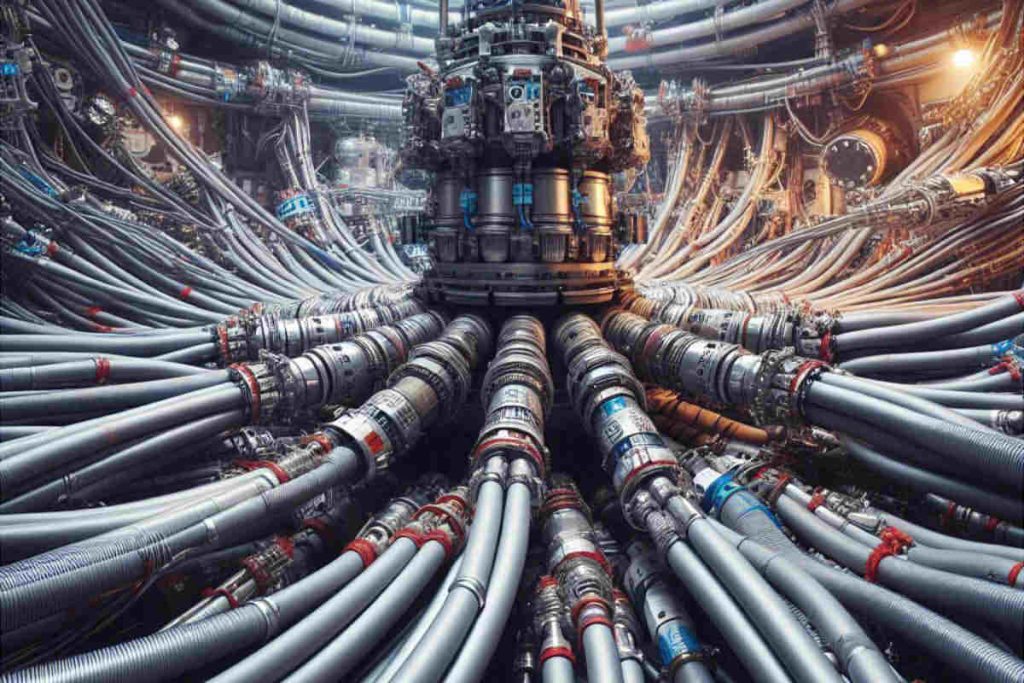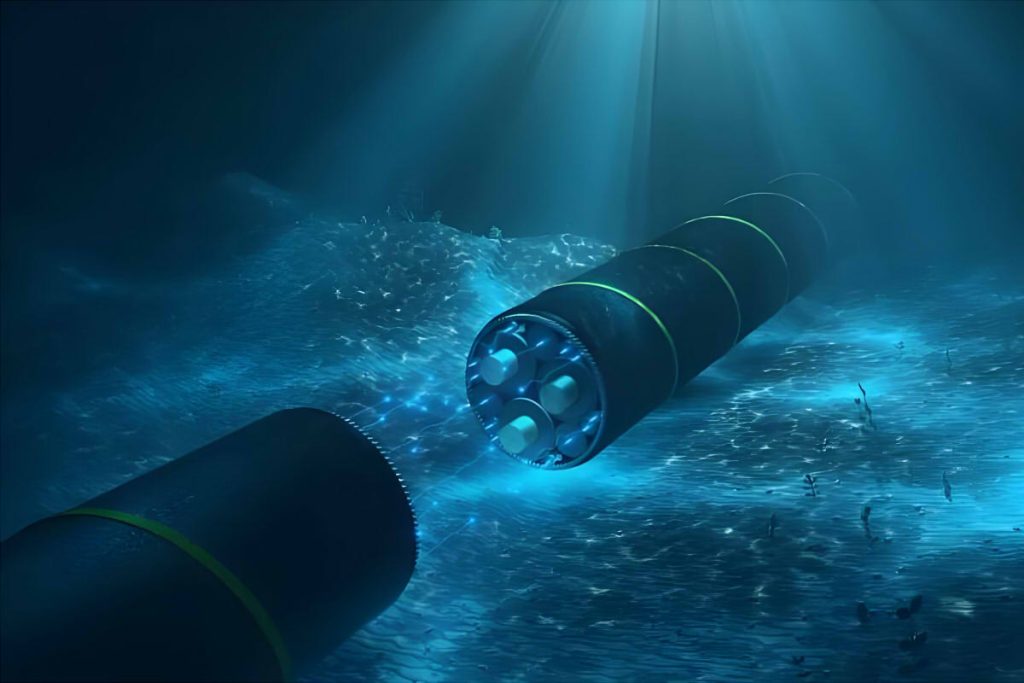Military cables are the “sangre” and the “nerve” of military equipment, transmitting electrical energy and information that maintains the normal functioning of each “organ” of military equipment. The cables run through the “body” of military equipment and if any of them present a technical problem, could cause failure in the use of military equipment. Now, let's explore the origin, evolution and crucial importance of military cables in defense technology.

Table of Contents
- The Origin of Cables
- Cable Thickness
- From Aerial Cables to Submarine Cables
- Advances in Materials and Technology
- Future of Military Cables
- Conclusion
The Origin of Cables
The origin of electrical cables takes us to Benjamin Franklin's famous experiment of “fly a kite” during a storm. Franklin conducted another bold experiment, fixing an iron bar on the ceiling with insulating material and tying a metal cable to the bar. When lightning came, This passed through the bar and the cable directly to the ground, protecting the structure of the house. That metal cable is considered the prototype of the current electrical cables.
This little metallic thread, with the continuous development of technology, gave rise to various types of cables. Each plays essential roles in military equipment and defense engineering construction, all of them being essential.
Cable Thickness
Cables come in a wide variety of types and sizes., each one adapted to different needs to guarantee security in the transmission of energy and information. The cables are dressed in different “vests” of materials indicating their type and function. For example, Wire insulation color helps quickly identify its purpose, following strict regulations that vary between national and military standards.

According to the size, cables can be thin and slender or robust and burly. Los most common copper cables In daily life they have a diameter of approximately 0.035 mm, a little thicker than a hair, while fiber optic cables can be even thinner, being crucial in 5G technology due to their signal transmission capacity.
The thickness of the cable is directly related to its current carrying capacity and its specific application.. In the military industry, ballistic missiles and intercontinental missiles, like the new Russian intercontinental missile “Sarmatian”, require thicker cables to support the greater current carrying capacity and ensure operation.
The search for the perfect balance between cable thickness and thinness is a constant technical challenge, especially in military applications where mobility and rapid response capabilities are crucial.
From Aerial Cables to Submarine Cables
"Electricity, this Hercules, Already in his cradle he had overthrown all existing laws, destroying all effective standards… Precisely this small, almost imperceptible electrical spark – that yesterday I could only make noise inside a Leyden jar, producing an electrical spark an inch as long as a knuckle, today he has acquired a magical power, able to cross lands, mountains and all the continents.”
In 1858, The American businessman Cyrus West Field managed to successfully build a underwater cable from 2500 miles that crossed the Atlantic between Europe and the United States. This marked a qualitative leap in the transmission of human information.
Hoy, cables have not only conquered the seabed, but also the meadows, the deserts, glaciers and even space. In military applications, cables play a huge role in many fields.
Submarine Forces
Submarine cables must meet two basic requirements: high fire resistance and high tightness. This ensures that, in case of fire, cables maintain the integrity of the lines and that, in deep water, cables and connectors continue to function normally.

Missiles and Space Products
Missile internal wiring is different from satellites and rockets, with greater integration and complexity within the missile compartment. The network of cables in a missile, known as “missile cable network”, can hold thousands of cables in a relatively small space.
Los air-to-air missiles, like weapons on board, require cables that withstand high temperatures, low pressures, vibrations and impacts. Every inch of internal space is precious, so the cables must be as close as possible “slimmed down” possible.
Advances in Materials and Technology
Updating and renewing cables is crucial for the military industry. The smaller the distance between the cable connection points, the smaller the volume and weight of the cable, and less energy will be consumed.

Advanced materials techniques have already been applied in many military companies. For example, several models of fighter aircraft have begun to use silicon dioxide cables, that resist high and low temperatures, high intensity and high resistance to earthquakes, allowing faster and more stable transmission of power and signals.
Future of Military Cables
Advanced technology in military electronic equipment is a key factor in determining victory on the battlefield. With the arrival of 5G technology and fiber optic communication, los cables in equipment military will face a new round of improvements and updates, moving towards higher goals, broader and more precise.
Conclusion
Military cables are essential to the operation and efficiency of military equipment. From its origin to its technological evolution, Its importance in defense is undeniable. With the continuous development and application of new materials and technologies, Military cables will continue to play a crucial role in the future of defense technology.

